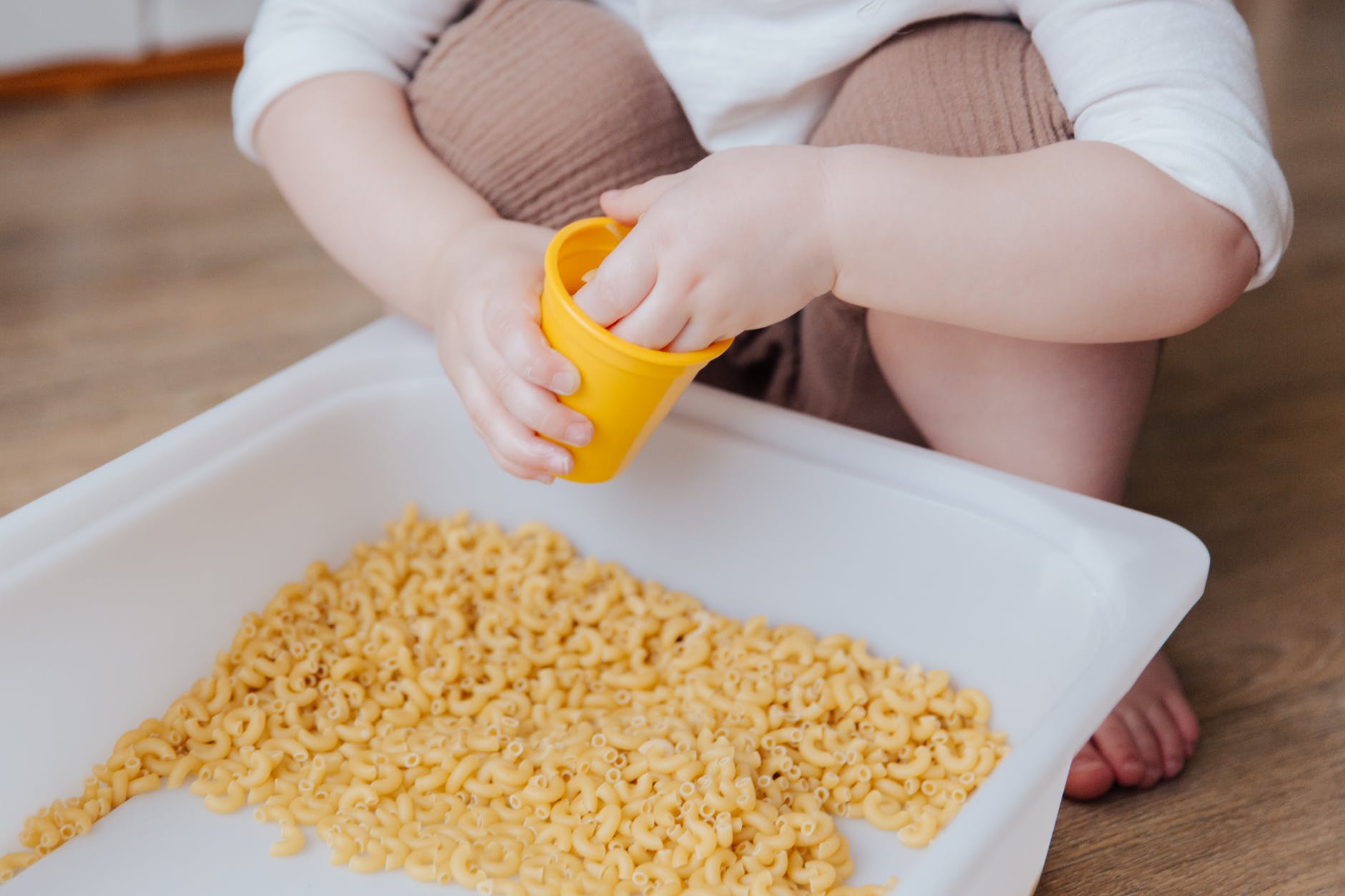
To credit People photo created by yanalya – www.freepik.com
Senses are something that we cannot do without. They enable us to feel,, see, smell, hear and taste. We would not enjoy ice cream, understand that it’s cold, and see that it comes in many different colours. While most children grow up using their senses to explore, children need help learning how to use their senses.
According to Steinber, often favourite memories are associated to more than one sense, which associates to how information is learnt and retained the best when senses are engaged. As children learn differently at different paces and ways, it comes naturally that some learn better through seeing, whilst others may retain information better through auditory information and perhaps, a combination of different senses allows the best information retention.
So How Does Sensory Play Benefit My Child?
Well, sensory play engages the senses of children. As per Steinber and Morin, through sensory play, children will be given the opportunity to explore and discover different materials on their own, in the process developing and refining their cognitive, social and emotional, physical, creative and linguistic skill sets. Different activities for sensory play can improve different skill sets. For example, activities that requires pinching and pouring will refine and build fine motor skills.

HighScope Foundation also highlights that “Sensory play also contributes in crucial ways to brain development.”, “Stimulating the senses sends signals to the children’s brains that help to strengthen neural pathways important for all types of learning.”
A compilation of some benefits sensory play offers:
| Areas | Benefits |
| Motivation |
|
| Cognition |
|
| Creativity & Learning |
|
| Social & Emotional |
|
| Motor Skills |
|
(Adapted from Highscope Foundation & Able Play)
How Can We Introduce Sensory Play?
Our five senses are imbued into daily activities and we may not always notice it. Simple activities such as Toss & Catch or Tug-Of-War are fun and interactive games that we can introduce to children. It does not simply require physical strength, but requires hand-eye coordination. Conveying of instructions will also involve the sense of hearing.
Even a simple baking session can be a lesson where texture is taught. One example is the squeezing of piping bags, simple routine of pressing cookie cutters, rolling of dough and sprinkling of flour.

Photo Credits: www.theimaginationtree.com
Cooking can be a really good way to engage sense of smell such as distinguishing between different spices such as ginger, lemon, vinegar, vanilla. Tastes distinction can be challenged through the blindfold game too.
On really warm days, sensory play can take the form of games which children will enjoy. Some games include blowing of bubbles, water bombs, mixing of soaps and colouring.

Photo Credits: www.toddlerapproved.com
Partaking in chores such as folding of clothes also helps in coordination. Simple questions can be asked such as the texture of cloth, whether it is stiff or smooth. Distinguishing of colours also reinforces sight and pushing or lifting of the laundry basket is a form of exercising motor skills.







